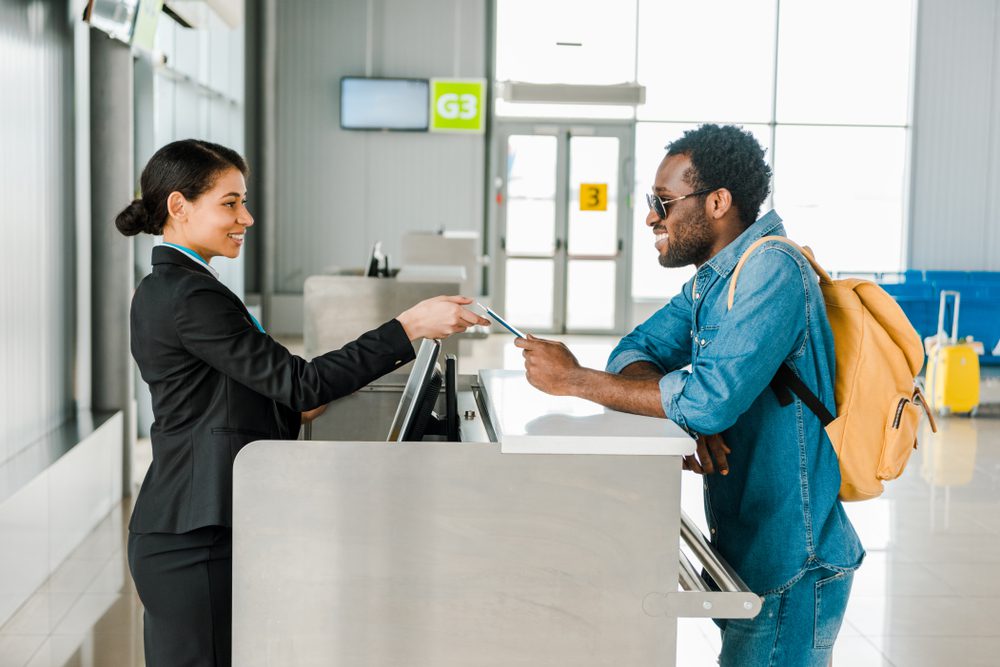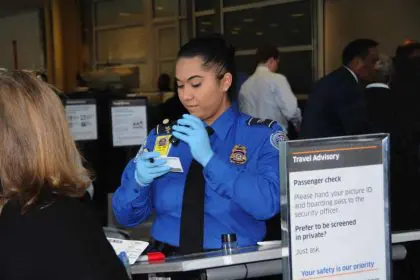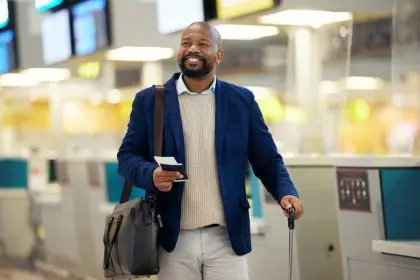Embarking on your first airplane journey can be an exhilarating yet nerve-wracking experience. The thrill of soaring through the clouds is coupled with the uncertainty of navigating a complex environment. Fear not! With the right preparation, your maiden flight can be a smooth and enjoyable adventure. From booking your ticket to landing at your destination, here’s a comprehensive guide on how to prepare for flying if it’s your first time.
1. Research and booking
The first step in your air travel journey is to research and book your flight. Numerous airlines offer a variety of services and prices, so it’s essential to compare options. Use reputable travel websites or contact the airlines directly to find the best deals. Consider factors like layovers, travel time, and airline reputation when making your decision.
Once you’ve selected your flight, pay attention to the details. Double-check the departure and arrival times, terminal information, and any layover durations. Make note of your flight number, as this will be crucial for check-in and boarding.
2. Packing essentials
Packing efficiently is an art, and for a smooth flying experience, it’s essential to pack the right essentials. Begin with your travel documents: passport, identification, boarding pass, and any necessary visas. Pack these items in a readily accessible pocket of your carry-on bag for easy retrieval during check-in and security checks.
Next, consider your comfort during the flight. Dress in layers to adjust to changing cabin temperatures. Don’t forget headphones, a neck pillow, and a good book or entertainment device to pass the time. If you have prescription medications, pack them in your carry-on along with a basic first aid kit.
3. Navigate security with ease
Airport security can be a daunting prospect, but knowing what to expect can make the process smoother. Wear shoes that are easy to slip on and off, as you’ll need to remove them during the security check. Place small items like keys, coins, and your phone in your carry-on bag to avoid fumbling at the security checkpoint.
Remember the 3-1-1 rule for liquids: all liquids, gels, and aerosols must be in containers of 3.4 ounces (100 milliliters) or less and fit into a single quart-sized, clear, resealable bag. Be prepared to remove this bag from your carry-on during the security check.
4. Navigating the airport
Airports can be vast and confusing, especially for first-time flyers. Check the airport map beforehand to familiarize yourself with the layout. Look for information on baggage claim, restrooms, and the departure gate.
Most airports have information desks where you can ask for assistance if you get lost. Pay attention to the overhead signs and follow the crowd to reach your designated area. If you have a layover, ensure you have enough time to get to your connecting flight.
5. Boarding Protocol
As your boarding time approaches, listen for announcements and watch the departure boards for updates. Airlines typically board passengers in groups, so be aware of when your group is called. Have your boarding pass and identification ready for inspection.
Once on the plane, locate your seat and stow your carry-on luggage in the overhead bin or under the seat in front of you. Pay attention to the safety instructions provided by the flight attendants, and familiarize yourself with the location of the nearest exits.
6. In-flight etiquette
During the flight, follow basic in-flight etiquette to ensure a pleasant experience for yourself and your fellow passengers. Avoid reclining your seat aggressively, and be mindful of the space you occupy. If you need to get up, inform your seatmates and do so politely.
Stay hydrated by drinking water, and avoid excessive alcohol consumption, as it can exacerbate the effects of altitude. Use headphones when watching or listening to entertainment to avoid disturbing others.
7. Overcoming anxiety
If you’re feeling anxious during the flight, remember that it’s entirely normal, especially for first-time flyers. Bring calming activities, such as reading or listening to soothing music. Practice deep breathing exercises to help alleviate any stress or nervousness.
Consider informing the flight attendants if you have specific concerns. They are trained to assist passengers and can provide reassurance or guidance.
8. Arrival and baggage claim
As the plane descends, stay seated with your seatbelt fastened until the “fasten seatbelt” sign is turned off. Once you’ve landed, follow the signs to the baggage claim area. Check the information screens for your flight number and corresponding baggage carousel.
Collect your checked luggage promptly and proceed to the exit. If you have arranged for transportation, follow the signs for pick-up points or taxis. If you’re relying on public transportation, research the options available at your destination beforehand.
Preparing for your first airplane journey involves careful planning and a positive mindset. By researching your flight, packing efficiently, navigating security with ease, understanding airport protocols, practicing in-flight etiquette, and managing anxiety, you can ensure a smooth and enjoyable experience from takeoff to landing.
This story was created using AI technology.















